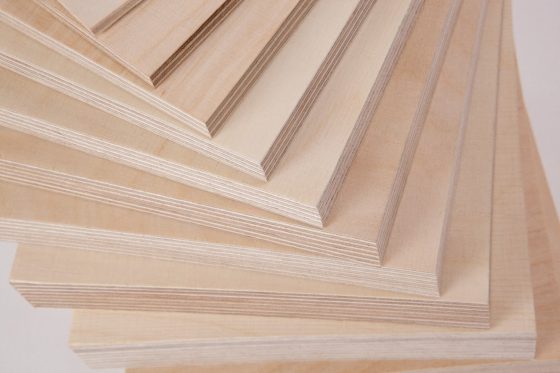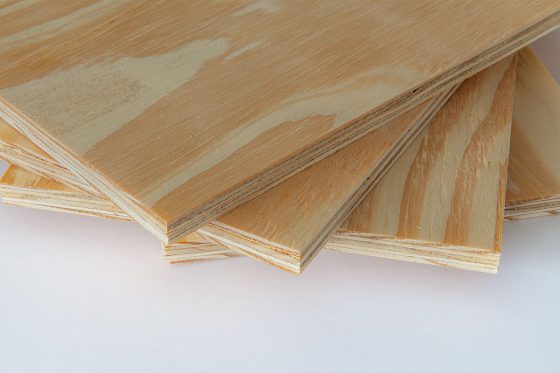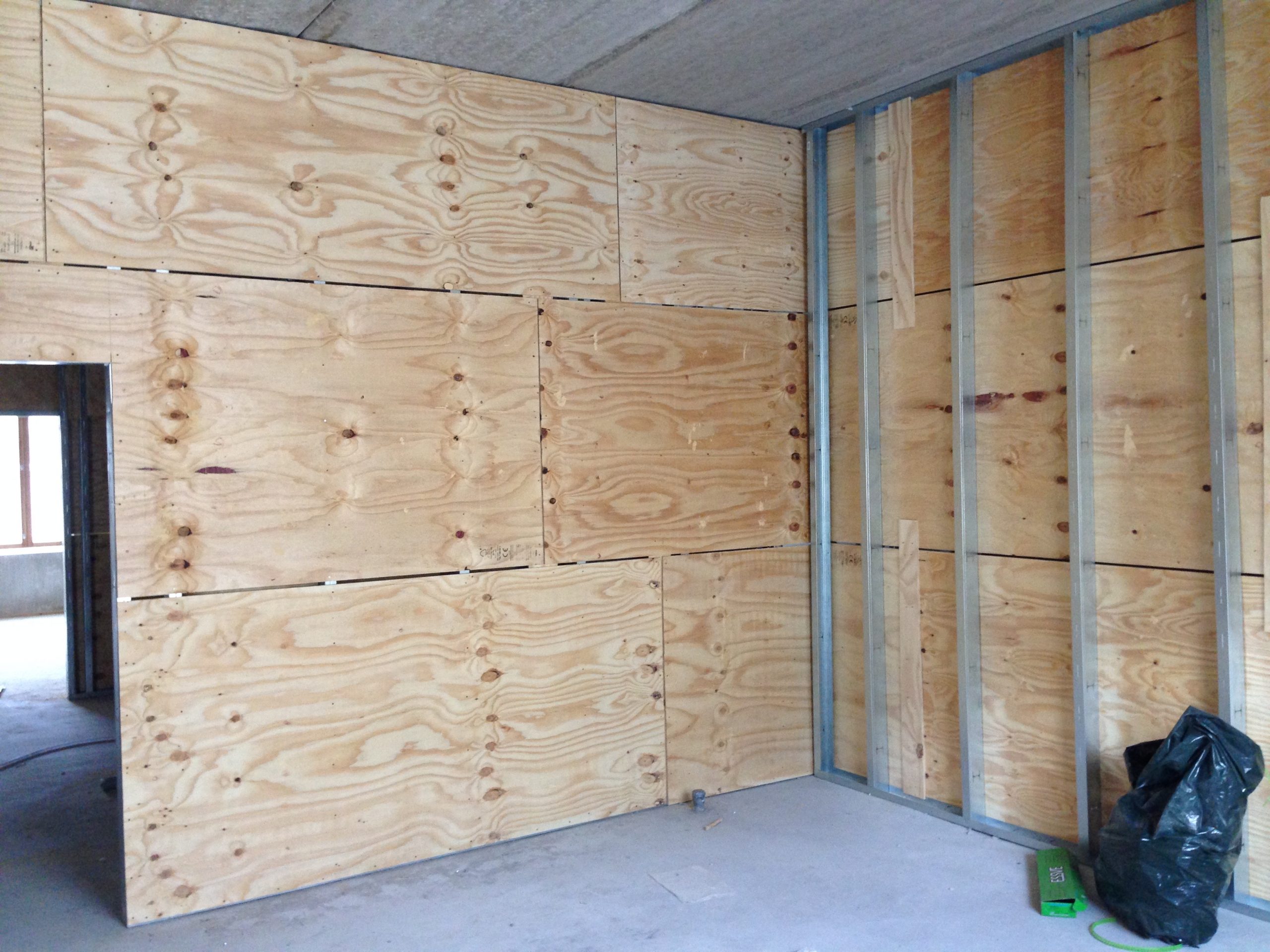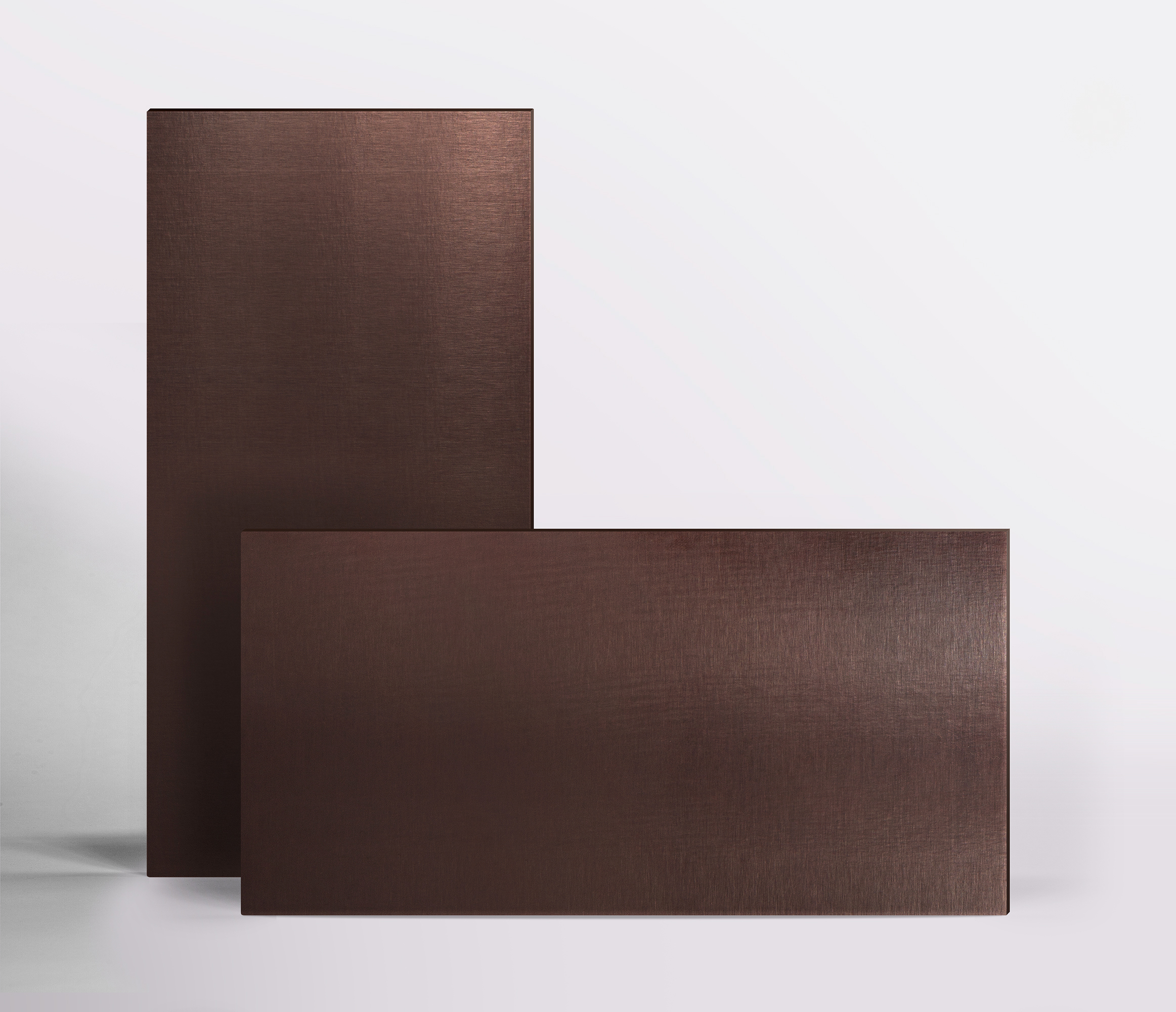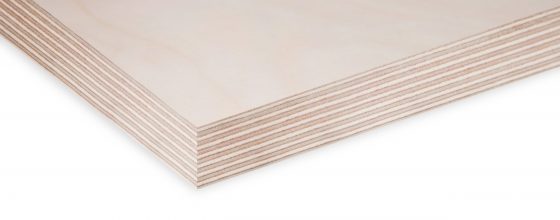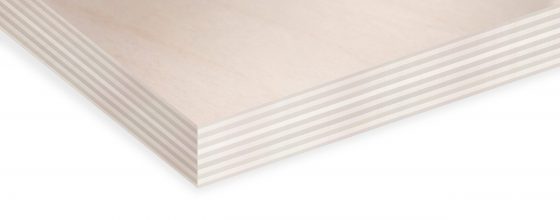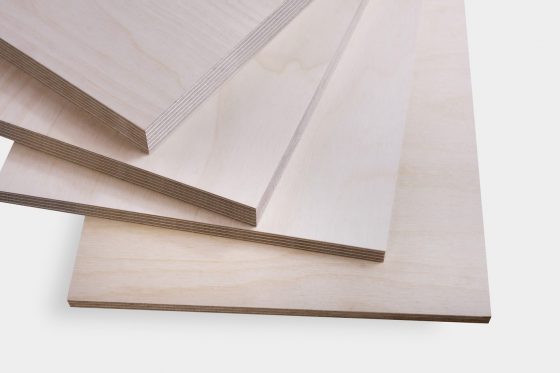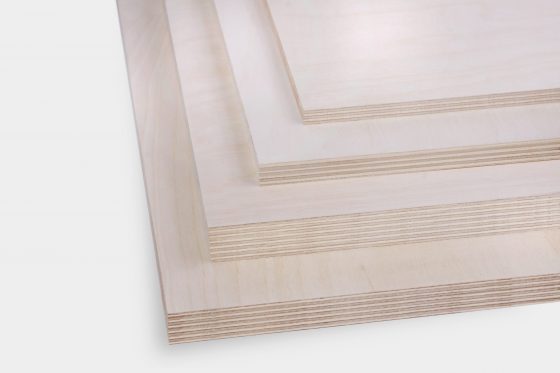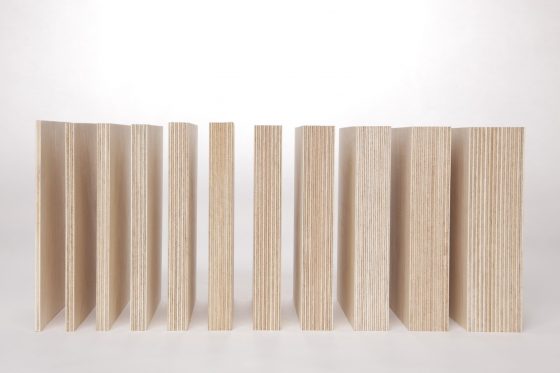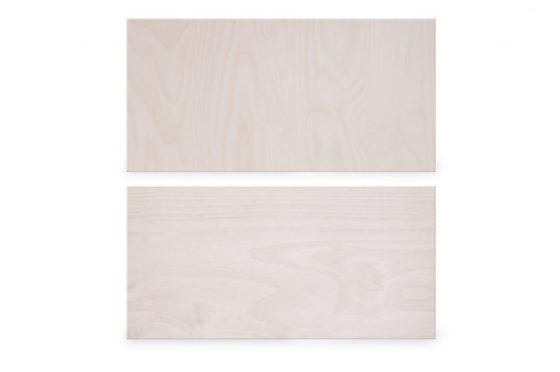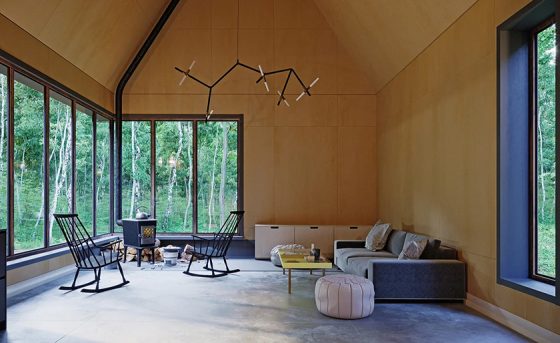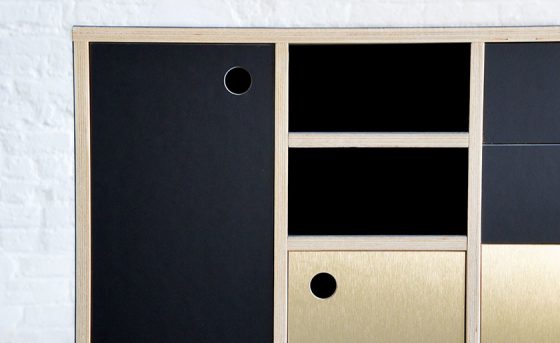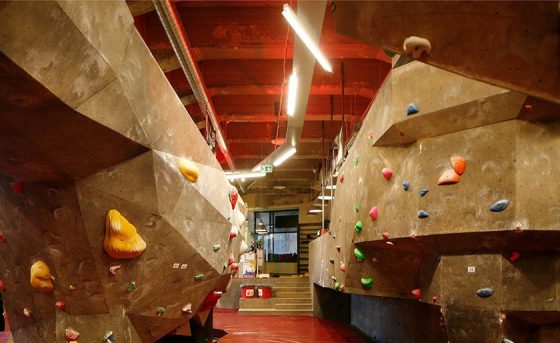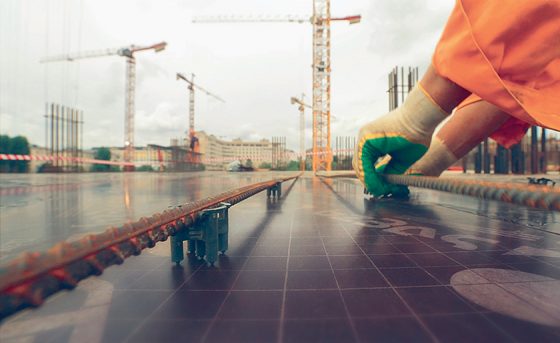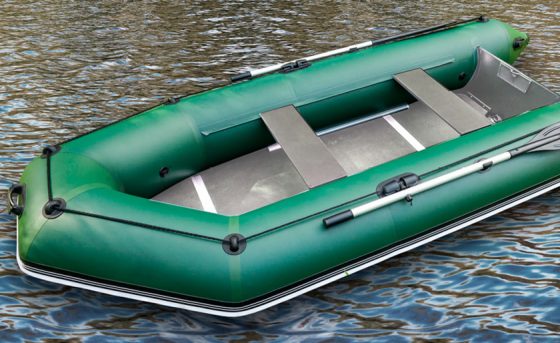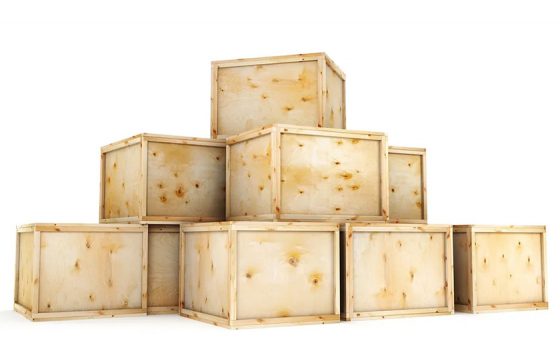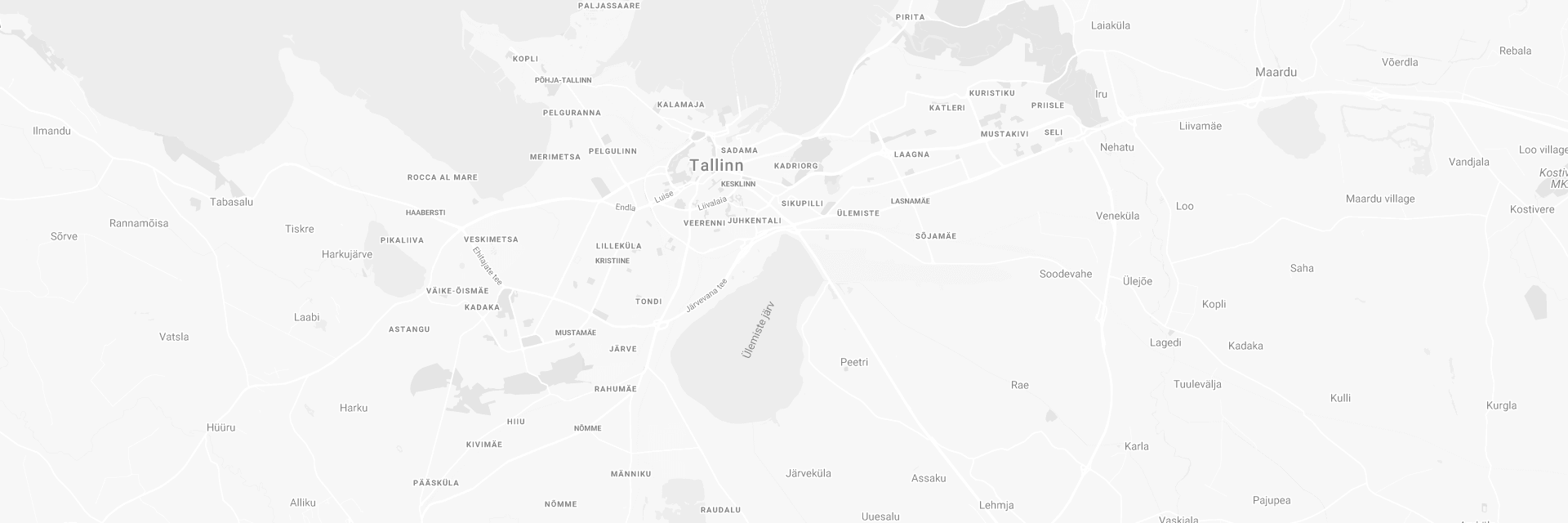Plywood is one of the most used wodden materials in today’s world.
Its values are hardeness, flexibility and durability.
Birch Plywood is made of odd number of glued veneer sheets depends on thickness required. The veneer sheets are pressed and heated – glue dries under the influence of the heat and joins the veneer sheets together. Afterwards plywood is cut to size and sanded if needed.
The direction of grain pattern of every next veneer sheet is perpendicular to the previous one. Outer veneer sheets have the same direction of grain pattern. Such combination provides maximum stability to the plywood sheet.
Plywood is produced of various tree species. In the region of Northern Europe common raw material is birch and poplar (hardwood) and pine and spruce (conifer). Depending on raw material there may vary certain technical indicators and color of plywood.
Plywood can be classified on several different criteria: e.g. tree spiece of raw material, glue type, level of water resistance, plywood grade etc.
Types of birch plywood
Coated and uncoated plywood
Uncoated plywood
Uncoated birch plywood is made of glued birch veneer sheets. The surface of the material has natural wooden texture and is not coated with any material. Such plywood sheet can be either sanded or unsanded.
Uncoated plywood can be distinguished by quality grades. The quality grade is determined according to qualities and allowed defects of outer layers of plywood sheet.
Uncoated plywood can be used e.g. in furniture production, interior design projects, building constructions, production of packaging etc.
Coated plywood
Filmfaced plywood is covered from both sides with phenolic or melamine film. Plywood lamination improves the resistance of the surface to the effects of the external environment.
Due to its good durability, this material finds a very wide use, e.g. as a construction material in construction, as a decorative finishing board in furniture production, on the bottoms and sides of trailers, as well as in wagons, concrete pouring, etc.
Filmfaced birch plywood is a material of high density and strength, with particularly good water resistance.
“Exterior” või “Interior” plywood
Exterior (WBP) plywood is suitable for use in external conditions. The glue used in this type of plywood (phenol-formaldehyde resin) is water-resistant.
NB! Waterproof glue ensures that the veneer layers do not separate under the influence of water, but the outer surface of the board itself is not waterproof, so the board should be covered with a paint, varnish or stain that ensures water resistance and is suitable for outdoor conditions.
Interior (MR) plywood is suitable for use in dry indoor conditions. The binder is urea-formaldehyde resin
How to visually distinguish exterior and interior plywood?
Sanded or unsanded plywood
Uncoated plywood is produced with either a sanded or unpolished surface.
Sanded plywood is produced in different quality grades:
- The quality grades for plywood with interior glue are I, II, III
- The quality grades for plywood with exterior glue are E, B, S, BB, CP, WG
Unsanded plywood is produced also either with interior or exterior glue:
- The quality grade for unsanded plywood with interior glue is IV
- The quality grade for unsanded plywood with exterior glue is C
Detailed description of plywood grades can be found here: birch plywood grades.
Direction of grain pattern
Uncoated plywood can be distinguished by direction of grain pattern of the sheet:
-
Short grain – grain pattern is parallel to the shorter side of the sheet
-
Long grain – grain pattern is parallel to longer side of the sheet
1525×1525 – Interior vineer
2440×1220 – Exterior vineer
2500×1250 – Exterior vineer
1500×3000 – Exterior vineer
Interior plywood – 3; 4; 5; 6; 8; 9; 10; 12; 15; 18 & 21mm
Exterior plywood – 6; 6,5; 8; 9; 10; 12; 15; 18; 21; 24; 27; 30; 35 & 40mm
| Nominal thickness | Number of layers, not less than: | Sanded birch plywood | Unsanded birch plywood | ||
| Maximum deviation | Thickness discrepancy | Maximum deviation | Thickness discrepancy | ||
| 3 | 3 | +0,3 / -0,4 | 0,6 | +0,4/-0,3 | 0,6 |
| 4 | 3 | +0,3/-0,5 | 0,6 | +0,8/-0,4 | 0,6 |
| 6,5 | 5 | +0,4/-0,5 | 0,6 | +0,9/-0,4 | 1,0 |
| 9 | 7 | +0,4/-0,6 | 0,6 | +1,0/-0,5 | 1,0 |
| 12 | 9 | +0,5/-0,7 | 0,6 | +1,1/-0,6 | 1,0 |
| 15 | 11 | +0,6/-0,8 | 0,6 | +1,2/-0,7 | 1,5 |
| 18 | 13 | +0,7/-0,9 | 0,6 | +1,3/-0,8 | 1,5 |
| 21 | 15 | +0,8/-1,0 | 0,6 | +1,4/-0,9 | 1,5 |
| 24 | 17 | +0,9/-1,1 | 0,6 | +1,5/-1,0 | 1,5 |
| 27 | 19 | +1,0/-1,2 | 1,0 | +1,6/-1,1 | 2,0 |
| 30 | 21 | +1,1/-1,3 | 1,0 | +1,7/-1,2 | 2,0 |
| Moisture content % | Up to 10% |
| Density kg/m3 | 640-700 |
| Formaldehyde emission class EN 717 | E1 |
Fields of application
- Constuction sector
as cover for floors, walls, ceilings, under roof, for formwork - Furniture production
wardrobes, shelves, tables, beds, upholstery furniture etc - Interior design
wall panels, decorative elements etc - Production of packaging
chests for musical instruments, packaging boxes etc. - Children playgrounds and sports facilities
- Vehicles
boats’ and trailers’ flooring, floors and walls in trucks, horse trailers etc. - Toys, suvenires

